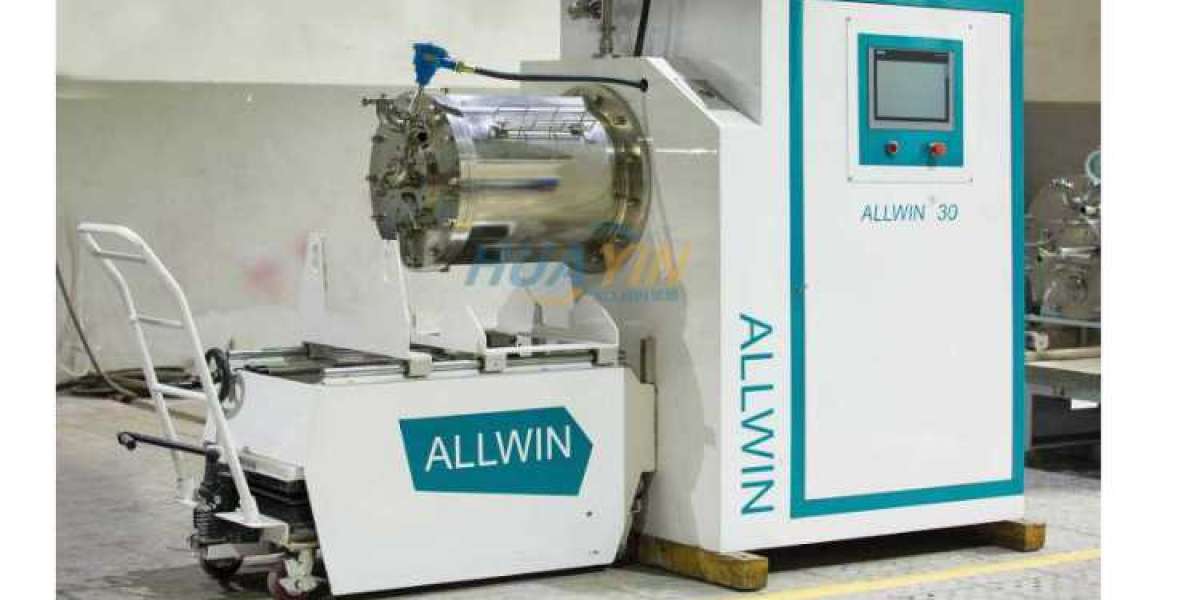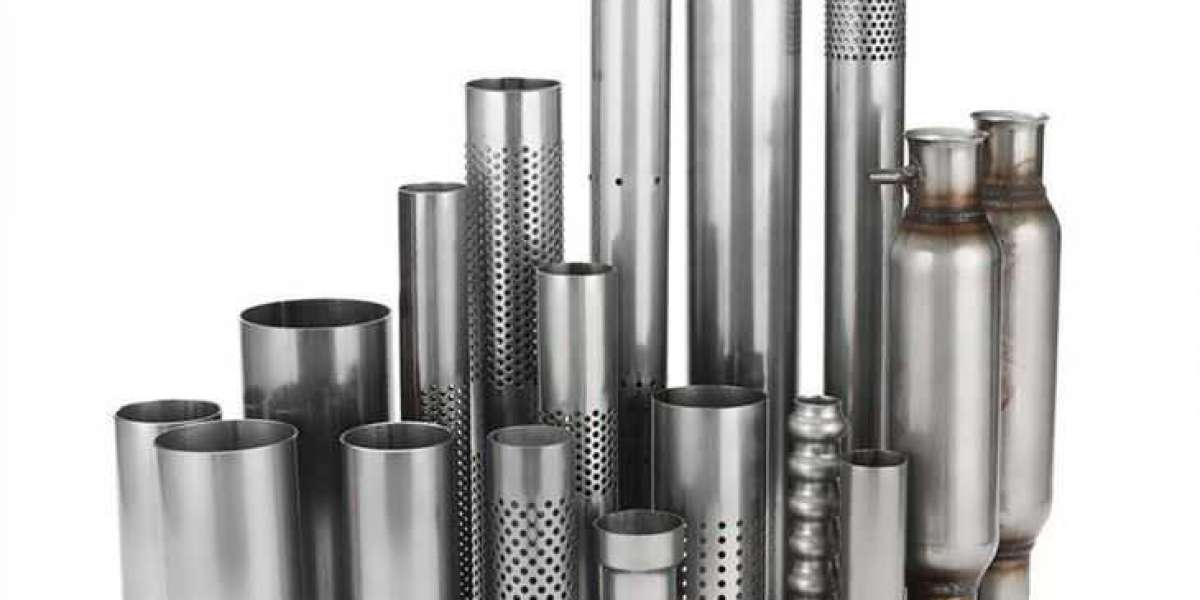As high-quality grinding equipment, bead mills are widely used by users. But many people don't know how to choose the bead mill that suits them. Therefore, this article is to help everyone better understand the classification of bead mills. Through this article, I will provide you with some help when choosing a bead mill.
Under normal circumstances, bead mills can be classified into Dry Bead Mills and Wet Bead Mills according to the technology they use.
Dry Bead Mills
Dry bead mills employ a system to produce fine particles in air or inert gas atmosphere. With beads of relatively large diameter inside, large and coarse particles can be ground easily.
There are two types of dry bead mill operations: continuous or batch operations. Ashizawa Finetech dry bead mills adopt continuous (pass) operation capable of mass-producing fine particles.
Wet Bead Mills
Wet bead mills employ a system to produce fine particles in liquid. As the minute beads inside are agitated at high speed, the machines are capable of producing particles down to the nano size.
There are three types of wet bead mill operations: circulation, pass, and batch operations. Ashizawa Finetech applies operation types according to the purpose of the products.
Comparison of dry and wet bead mills
Dry processing is most suitable for micron-sized particles, and wet processing is suitable for nano-sized particles.
Since beads with a relatively large diameter are used in the dry bead mill, large and coarse particles can be easily ground by vigorous stirring. Since the wet bead mill uses tiny beads, it can produce finer particles through the strong shear and friction generated by the high-speed stirring of the beads.
Among the bead mills, the horizontal bead mill (also known as the horizontal sand mill) has the best performance.



